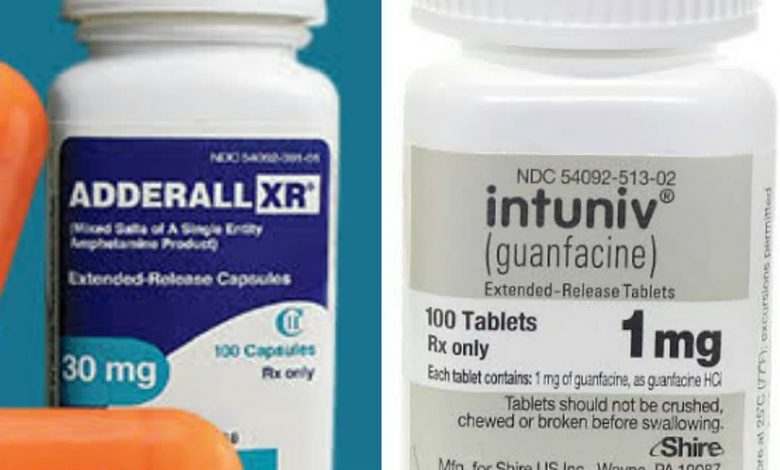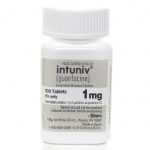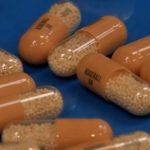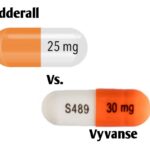Is Guanfacine the Same Thing as Adderall?

According to the CDC, attention-deficit/hyperactivity disorder (ADHD) is one of the most common neurodevelopmental disorders of childhood. It is usually first diagnosed in childhood and often lasts into adulthood. Children with ADHD may have trouble paying attention, controlling impulsive behaviors (may act without thinking about what the result will be), or be overly active.
An estimated 8.4% of children and 2.5% of adults have ADHD. ADHD is often first identified in school-aged children when it leads to disruption in the classroom or problems with schoolwork. It is more common among boys than girls.
What ADHD Medications & Treatments are available for Children?
Several different types of medications are FDA-approved to treat ADHD in children as young as 6 years of age:
- Stimulants are the best-known and most widely used ADHD medications. Between 70-80% of children with ADHD have fewer ADHD symptoms when taking these fast-acting medications.
- Nonstimulants were approved for the treatment of ADHD in 2003. They do not work as quickly as stimulants, but their effect can last up to 24 hours.
For most children, stimulant medications are a safe and effective way to relieve ADHD symptoms. As glasses help people focus their eyes to see, these medications help children with ADHD focus their thoughts better and ignore distractions. This makes them more able to pay attention and control their behavior.
Stimulants may be used alone or combined with behavior therapy to treat children with ADHD.
Studies show that about 80% of children with ADHD who are treated with stimulants improve a great deal once the right medication and dose are determined.
Two forms of stimulants are available:
• Immediate-release (short-acting) medications usually are taken every 4 hours, when needed. They are the cheapest of the medications. Extended-release medications usually are taken once in the morning.
• Extended-release (intermediate-acting and long-acting) medications are usually taken once in the morning. Children who take extended-release forms of stimulants can avoid taking medication at school or after school. It is important not to chew or crush extended-release capsules or tablets. However, extended-release capsules that are made up of beads can be opened and sprinkled onto food for children who have difficulties swallowing tablets or capsules.
Is Guanfacine the Same Thing as Adderall?
No. Guanfacine and Adderall are two very different drugs even though they are both used for the treatment of attention-deficit/hyperactivity disorder (ADHD).
Guanfacine, sold under the brand name (Intuniv and Tenex) among others, is a non-stimulant prescription medication used to treat attention deficit hyperactivity disorder (ADHD or ADD). It is also used to treat high blood pressure. It is not considered a first-line treatment for either indication.
Adderall on the other hand is another ADHD medication that contains a combination of amphetamine and dextroamphetamine. Amphetamine and dextroamphetamine are central nervous system stimulants that affect chemicals in the brain and nerves that contribute to hyperactivity and impulse control. Adderall is also used to treat narcolepsy.
When it comes to medications for ADHD, stimulants like Adderall are the first-line therapy and probably the most effective treatment. However, guanfacine can be prescribed when stimulant ADHD medication fails either due to too many negative side effects or a lack of symptom improvement. It is, however, most often used as an addition to a stimulant because it can benefit symptoms and impairments from ADHD that the stimulant medications do not manage well, such as hyperactivity, impulsivity, sleep disturbances, and emotional over-reactions.
Adderall has been classified by the Drug Enforcement Agency (DEA) as a “Schedule II” medication. Schedule II medications are drugs with a high potential for abuse. Guanfacine is in a class of drugs that are not known to be habit-forming.





